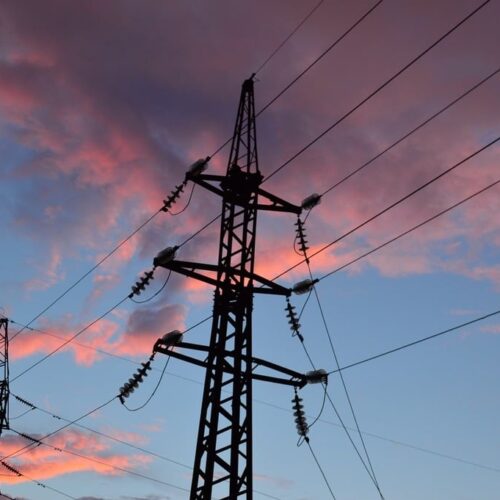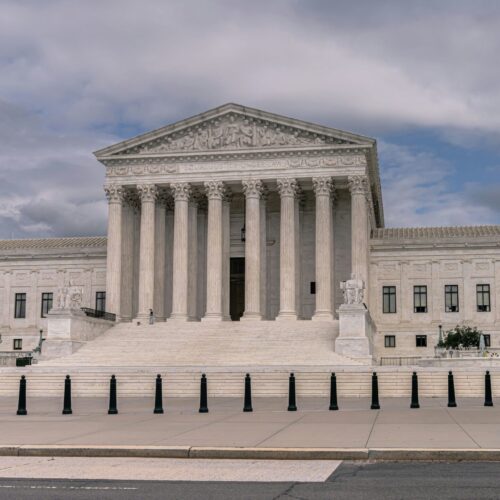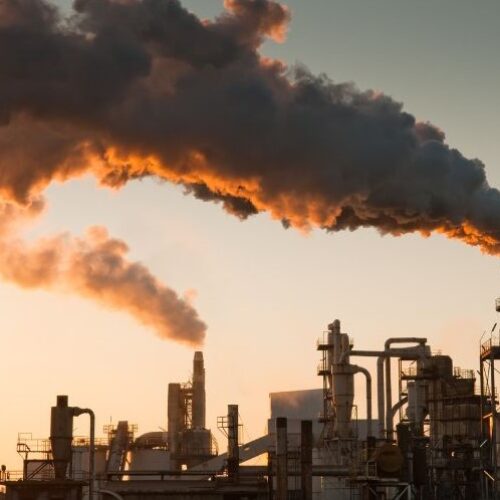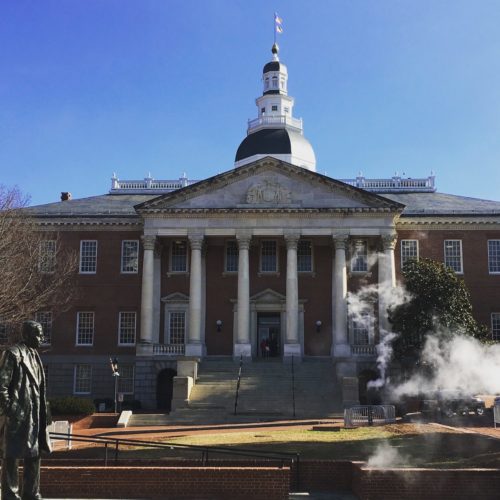Stimulus bill adds $900 million for LIHEAP
The program offers essential energy assistance to seniors, people with disabilities, and the most vulnerable households

LIHEAP funds can be used to pay for weatherization, in addition to heating and cooling costs. The program offers a lifeline to many households in the Northeast. Credit: U.S. Department of Energy.
The $2 trillion stimulus bill signed by President Trump last week includes a boost of funding for a program that provides crucial aid to many residents of the Northeast who struggle to pay their heating bills, E&E Daily reported yesterday.
The legislation provides $900 million for the Low-Income Home Energy Assistance Program (LIHEAP), which adds to the $3.7 billion already allocated to the program in fiscal 2020.
LIHEAP is specifically geared to households that spend a disproportionate share of their income on energy bills. Through the program, the federal government makes annual grants to states, tribes, and territories to help eligible households pay for heating and cooling costs, weatherization, and other energy-related home repairs to help lower the need for energy assistance. The program was established in 1981 as part of the Omnibus Budget Reconciliation Act (P.L. 97-35).
Earlier this year, President Trump had proposed a 20% reduction in fiscal 2021, and sought to transfer some funds to cover coronavirus response efforts.
A lifeline in the Northeast
Over the years, policymakers in the Northeast have expressed broad bipartisan support for LIHEAP, which provides funds to tens of thousands of families in the region, particularly during the harsh winter months. Without the assistance, many recipients — including seniors, people with disabilities, and the most vulnerable households — would have to choose between paying for heat, food, and other essential expenses, like prescription drugs.
In fiscal 2014, an estimated 6.3 million households nationwide received LIHEAP assistance, and nearly half of all funds were used to pay for heat, according to a 2018 report from the Congressional Research Service.
LIHEAP offers assistance to families based on their pre-tax annual income. Households are eligible if they have incomes at or below 150% of the federal poverty level or 60% of state median income, whichever is higher, although states may set lower limits.
Currently, a family of four can qualify for the aid with income up to $38,625, before taxes. Additional income limits from the federal government are available from Benefts.gov here.
A list of state and territory grantee allocations for fiscal 2020 is available on the website of the U.S. Department of Health and Human Services here.





